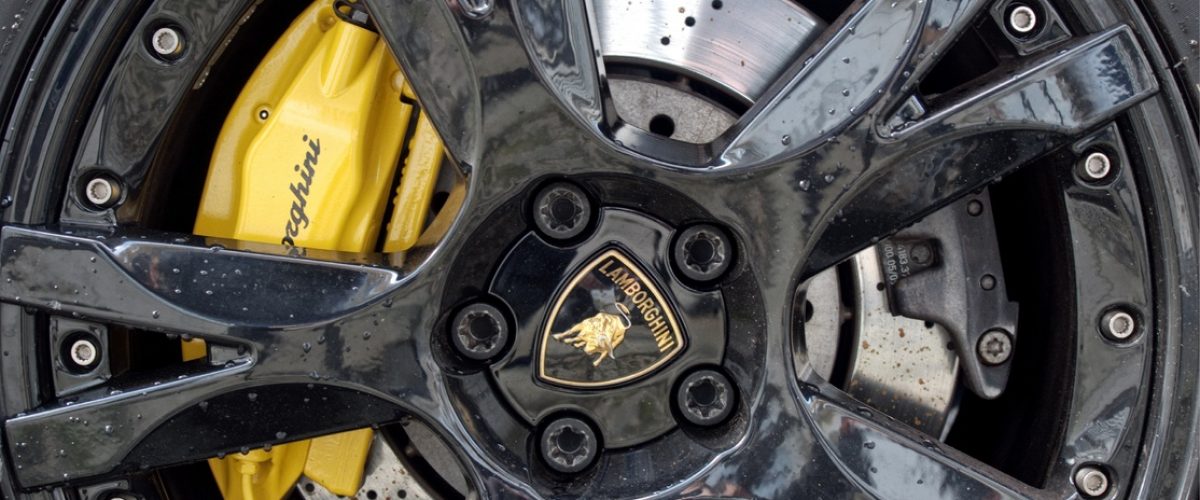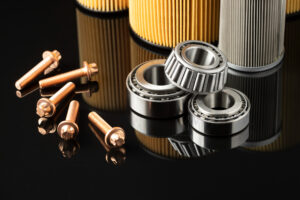We don’t normally think about our car’s brakes. We simply step on the pedal and the car slows down or stops, and that’s it. Sometimes it’s a light tap on the pedal, and other times a hard and urgent stop.
Brakes should wear out slowly and are designed to last anywhere between 60 000 and 90 000 kilometers according to your driving style. However, in the process of wearing out, there are a few tell-tale signs which every driver should be aware of. These include:
- Vibration or pulsation through brake pedal while braking
- A tendency for one or more wheels to lock up and skid while braking
- Vehicle pulls to one side while braking
- Excessive brake pedal travel toward the floor while braking
- Brake pedal feels “soft” or “spongy” underfoot

It’s also important to listen to any noises the brakes might make. Groaning, screeching, or squealing noises are all trouble signs. A metallic screech is especially worrisome – many brake pads are designed with a steel tab that protrudes from the backing plate and drags on the rotor when the pads’ friction material reaches a minimum thickness. This wear indicator is designed to alert the driver that it’s time to change pads.
On other pad designs that don’t feature a wear indicator, a metal-to-metal grinding noise indicates that the friction surface is worn clear through to the rivets and backing plate. In that case, the only braking ability you have is coming from metal-to-metal contact, which is obviously very dangerous and will quickly destroy the smooth surface of the brake rotors.
The safest way to ensure that the brakes work optimally or that problems are identified and rectified timeously, it is important to be aware of how your vehicle performs at all times and to keep up with regular vehicle service intervals.






